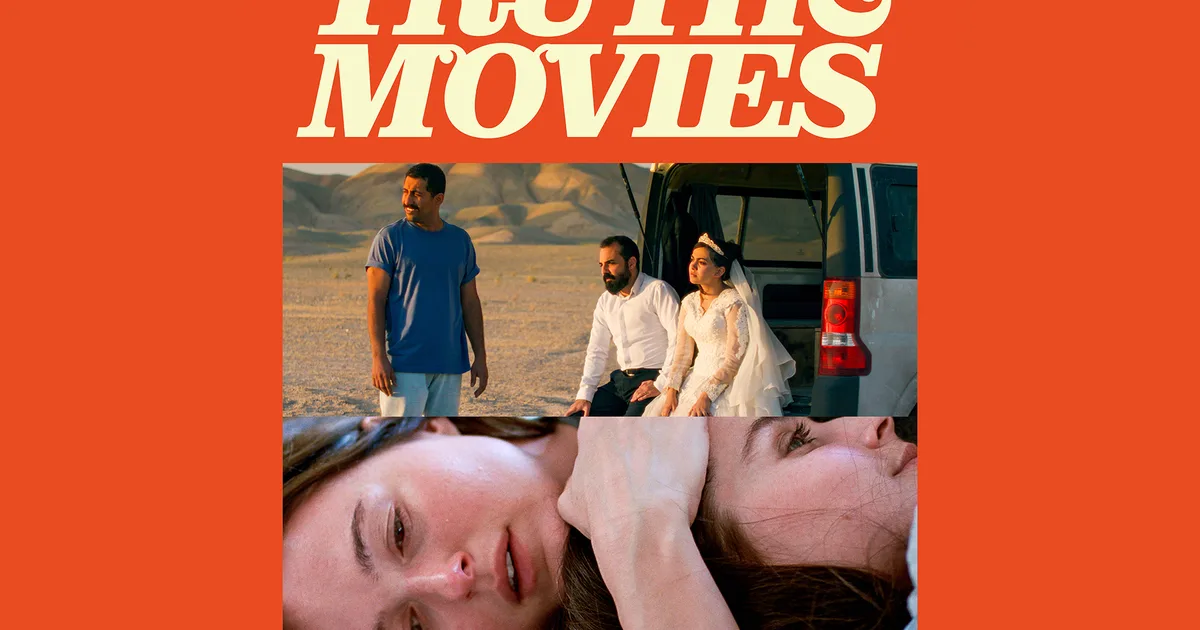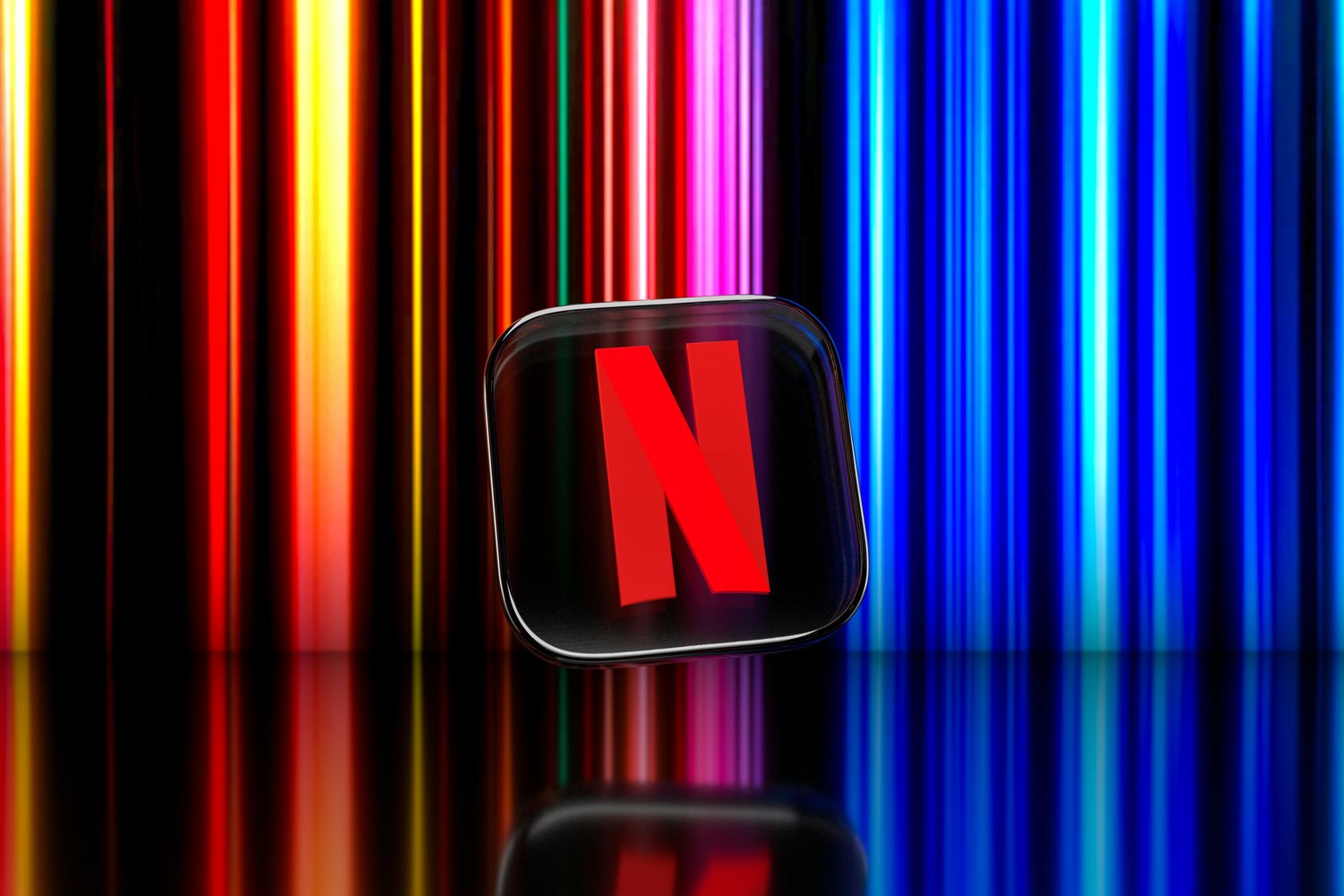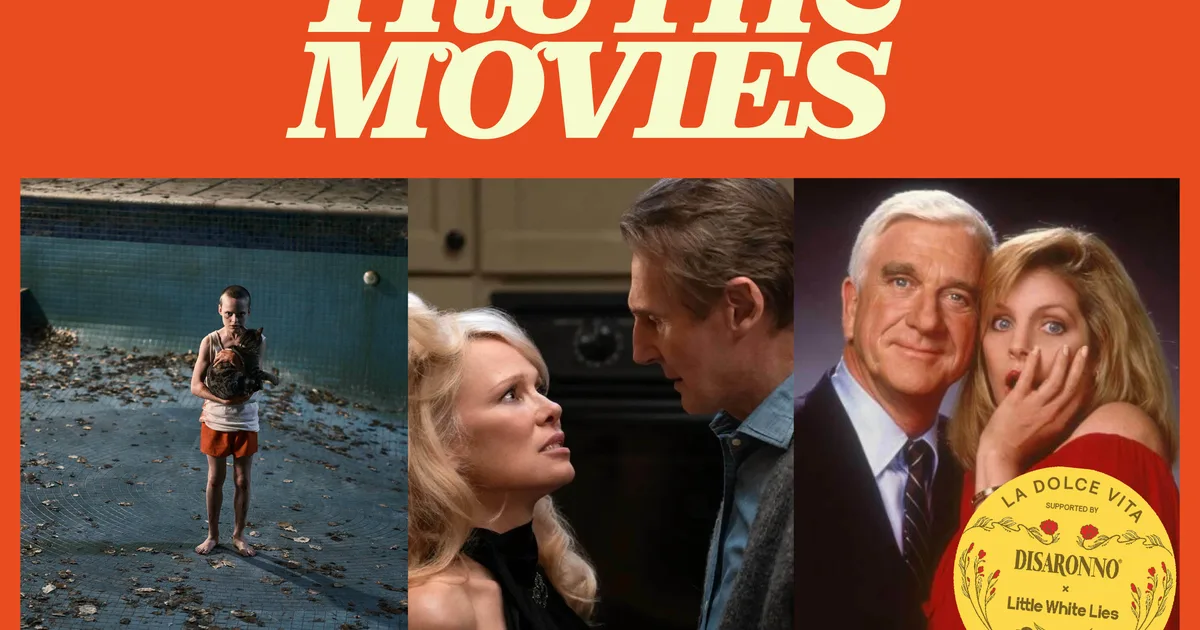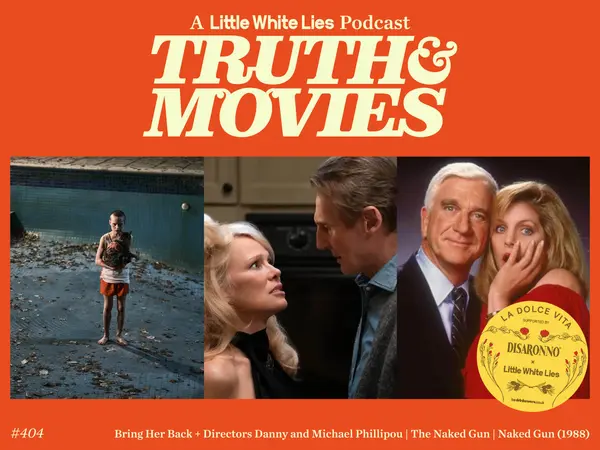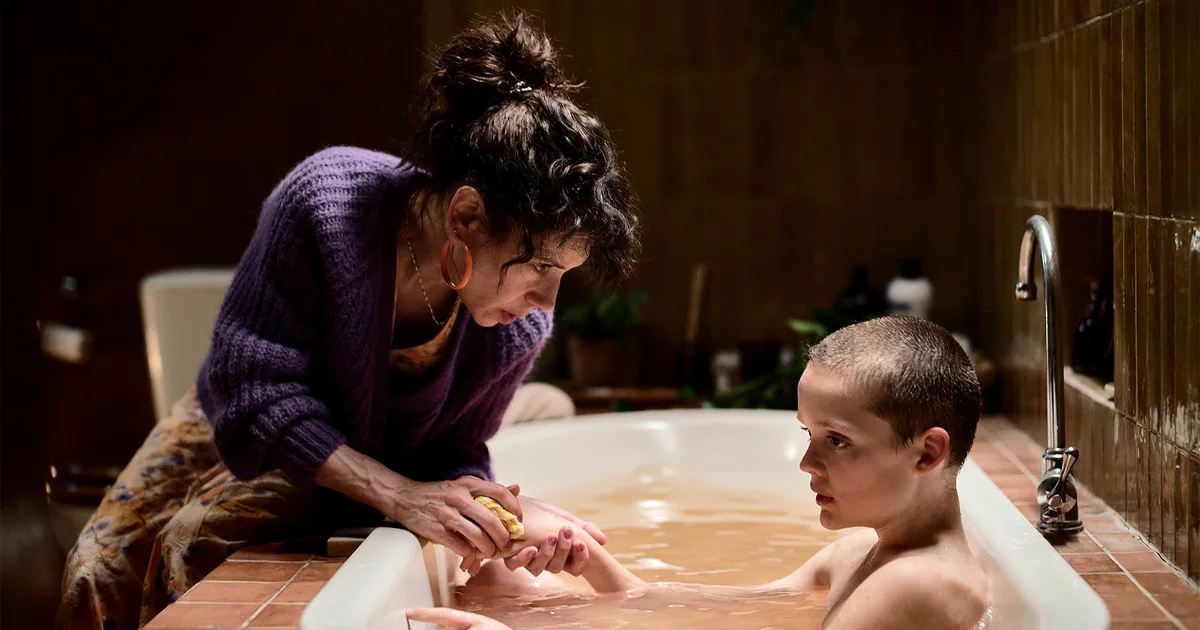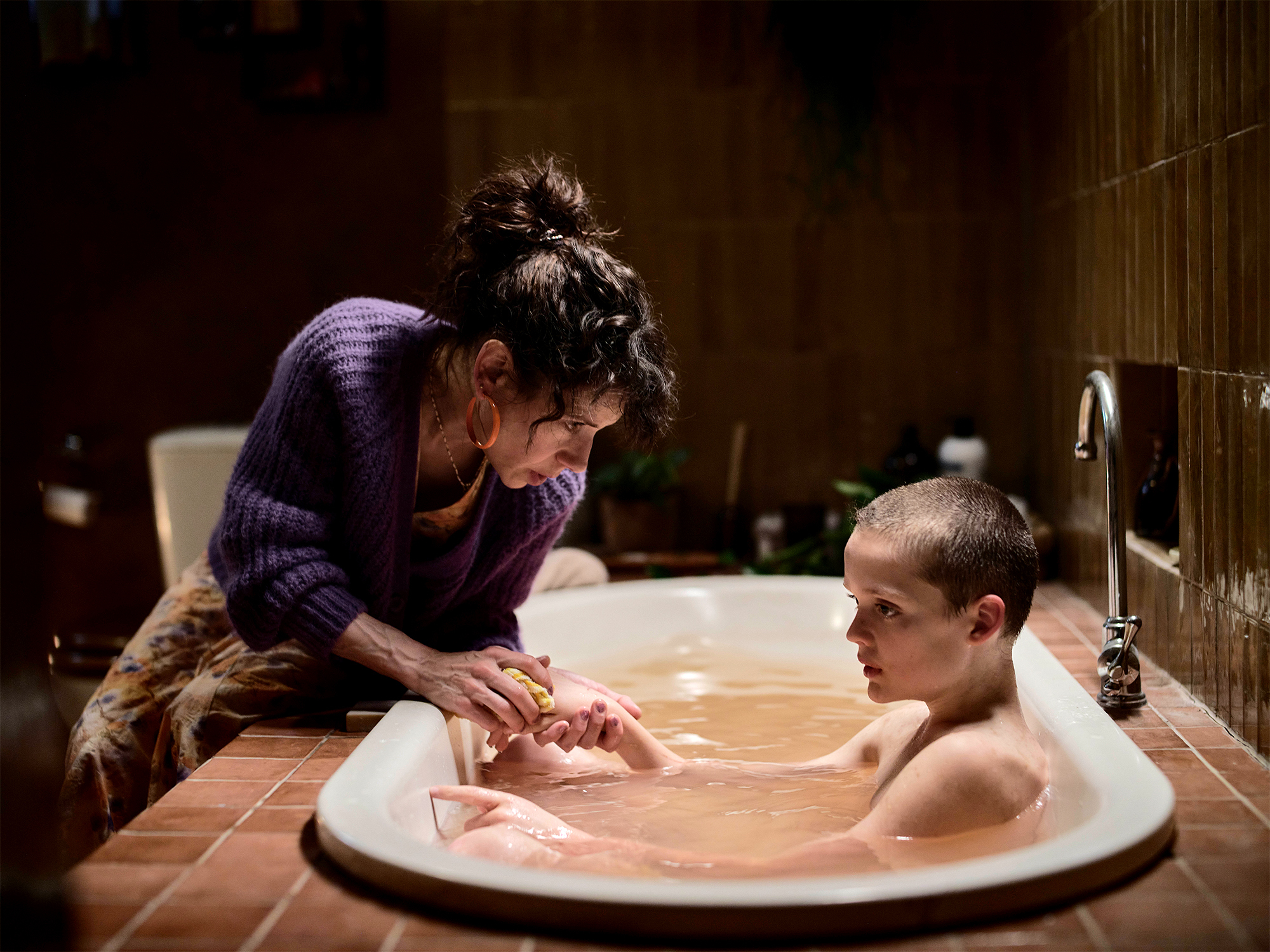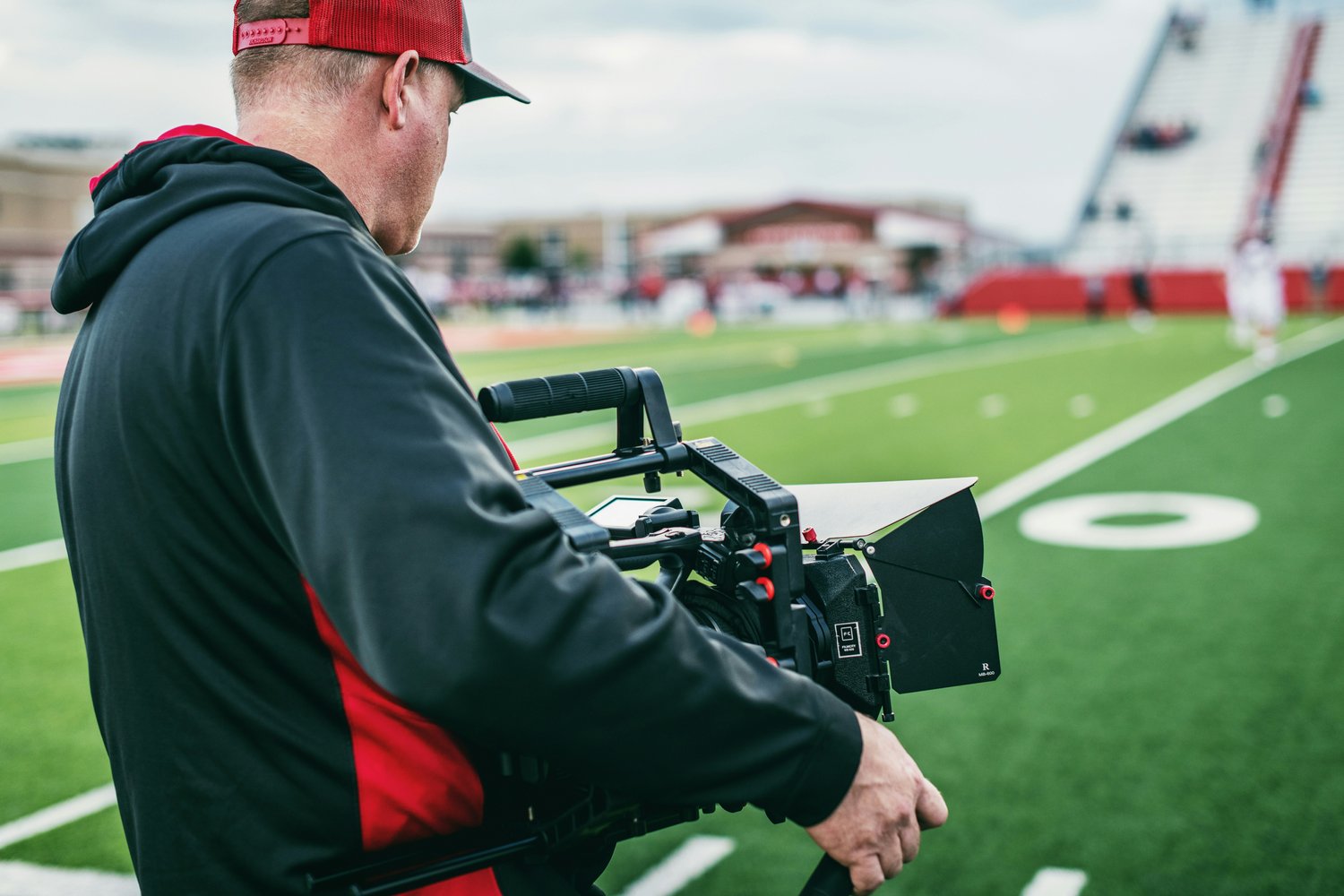Last weekend, I watched a youth basketball game where three different parents were frantically trying to record their kids while simultaneously cheering from the sidelines. One dad missed his son’s game-winning shot because he was fumbling with his phone’s zoom. Another mom’s footage was so shaky it looked like an earthquake documentary. Sound familiar?
This scene plays out across amateur sports fields every weekend, but artificial intelligence is fundamentally transforming how we capture these precious moments. The days of choosing between being present and getting the shot are rapidly becoming history.
The Traditional Sports Recording Struggle
Amateur sports recording has always been a compromise. Parents, coaches, and players faced an impossible choice: either designate someone to miss the live action while operating a camera, or accept that great moments would go uncaptured. Even when someone volunteered to film, the results were often disappointing—shaky footage, missed plays, and poor angles that failed to showcase the athletic achievements happening on the field.
Professional sports broadcasts spoiled us with their smooth tracking shots and perfect framing, but that level of production seemed forever out of reach for amateur athletics. Until now.
Enter AI-Powered Sports Cameras
The revolution began when computer vision technology became sophisticated enough to understand sports action in real-time. Modern AI cameras can identify players, predict movement patterns, and automatically frame shots with the precision of a professional cameraman. The XbotGo Chameleon AI camera system exemplifies this breakthrough, transforming ordinary smartphones into intelligent filming equipment.
These systems use advanced algorithms to track movement across the field, eliminating the need for human operators. The camera makes split-second decisions about when to zoom, pan, and focus—often faster and more accurately than human reflexes allow.
Game-Changing Features Reshaping Sports RecordingAutonomous Player Tracking
The most impressive capability is jersey number recognition. Coaches can lock the camera onto specific players, following their every move throughout the game. This technology proves invaluable for player development, allowing detailed analysis of positioning, technique, and decision-making patterns.
Gesture-Activated Control
Some AI systems respond to simple hand gestures, enabling athletes to control recording during solo training sessions. A quick wave starts filming, letting players focus entirely on their performance while ensuring every moment gets captured.
Professional-Quality Output
These systems deliver 4K resolution with smooth tracking that rivals professional broadcasts. The difference in quality compared to handheld recordings is immediately apparent—steady shots, proper framing, and consistent focus that makes amateur games look television-ready.
Impact Across Different Sports CommunitiesYouth Sports Parents
Parents can finally watch their children play instead of viewing the game through a small screen. The emotional connection of being present while still capturing memories represents a significant quality-of-life improvement for sports families.
Coaches and Training Programs
AI recording enables detailed game analysis that was previously exclusive to professional teams. Coaches can review positioning, study opponent strategies, and provide players with visual feedback that accelerates skill development.
Content Creators
Athletes building social media presence benefit enormously from consistent, high-quality footage. Instead of relying on friends to film training sessions, they can create professional-looking content independently.
The Technical Evolution
The sophistication of sports AI continues advancing rapidly. Current systems can differentiate between sports, adjusting tracking algorithms for basketball’s vertical movement versus soccer’s wide-field action. Some cameras integrate real-time scoreboard information, creating broadcast-style graphics automatically.
Cloud integration means footage syncs immediately to secure storage, accessible from any device. This eliminates the frustration of lost recordings due to device failures or forgotten memory cards.
Looking Forward
As AI technology becomes more accessible and affordable, we’re approaching a future where every amateur game could have professional-quality documentation. The barriers between recreational and elite sports recording continue dissolving.
The implications extend beyond simple recording. AI-generated statistics, automated highlight reels, and intelligent editing will soon be standard features. Young athletes will grow up with access to analytical tools that current professionals could only dream of a decade ago.
The transformation is already underway. Weekend warriors and youth leagues are discovering that artificial intelligence doesn’t just change how they record sports—it changes how they experience and improve at them. The future of amateur sports recording isn’t just smarter; it’s fundamentally more human, returning focus to what matters most: the game itself.




